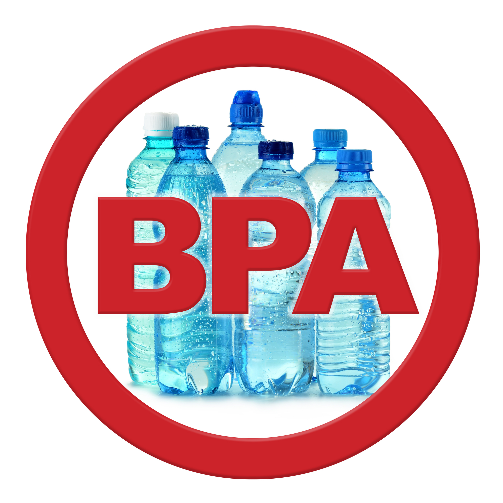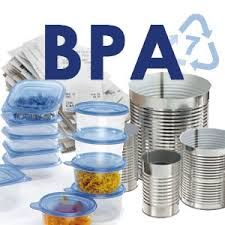GBA Emerging Contaminants Spotlight – BPA’s
You may have seen “BPA Free” labels on plastic water bottles and other containers or products.
 Bisphenol-A (BPA) is a colorless solid that is poorly soluble in water, and durable,making it suitable for use in creating some plastics. It can be found in common consumer goods such as sports equipment,DVDs, and some water bottles (not as much any longer) . BPA epoxy resins were previously, and sometimes still are, used as lining in food/beverage cans. They are still currently used in thermal papers like receipts and other “glossy” papers.
Bisphenol-A (BPA) is a colorless solid that is poorly soluble in water, and durable,making it suitable for use in creating some plastics. It can be found in common consumer goods such as sports equipment,DVDs, and some water bottles (not as much any longer) . BPA epoxy resins were previously, and sometimes still are, used as lining in food/beverage cans. They are still currently used in thermal papers like receipts and other “glossy” papers.
How does BPA impact the environment?
BPA is a xenoestrogen, meaning that it exhibits estrogen-mimicking, hormone-like properties that raise concern about its suitability in consumer products and food containers. Disposal of BPA-containing products into landfills and throughout the environment is of concern due to the potential for contamination of our groundwater, soils, and food supply.
What do Regulatory Agencies recommend?
As of February 2018, based on the FDA’s ongoing safety review of scientific evidence, the available information indicates that BPA is safe for its currently approved uses in foods, food containers and packaging.

The European Food Safety Authority (EFSA) reviewed scientific information on BPA in 2008, 2009, 2010, 2011 and 2015. On each occasion, EFSA’s experts concluded that BPA is safe at the known exposure levels and they could not identify new evidence which would lead them to revise their opinion. The EFSA does recognize some uncertainties and continues to investigate them.
Currently, the safety of BPA-free products is being questioned. The reality is that no one can specify the levels of BPA at which it can be deemed safe, or if it is even safe at all.
What are the potential Business Opportunities for my consulting firm?
BPA is still used in a variety of products and will continue to accumulate in our environment. There is still significant uncertainty about whether BPA is safe. Regulations from Federal and State agencies have yet to confirm what concentration levels could be considered safe. As such, anyone currently using products containing BPA are unknowingly test subjects. As with many environmental contaminants, the real effects of long-term exposure likely will not be known for decades. BPA is an emerging contaminant to be aware of, and anticipate that future business opportunities may be present themselves as standards are refined and additional study data is made available.